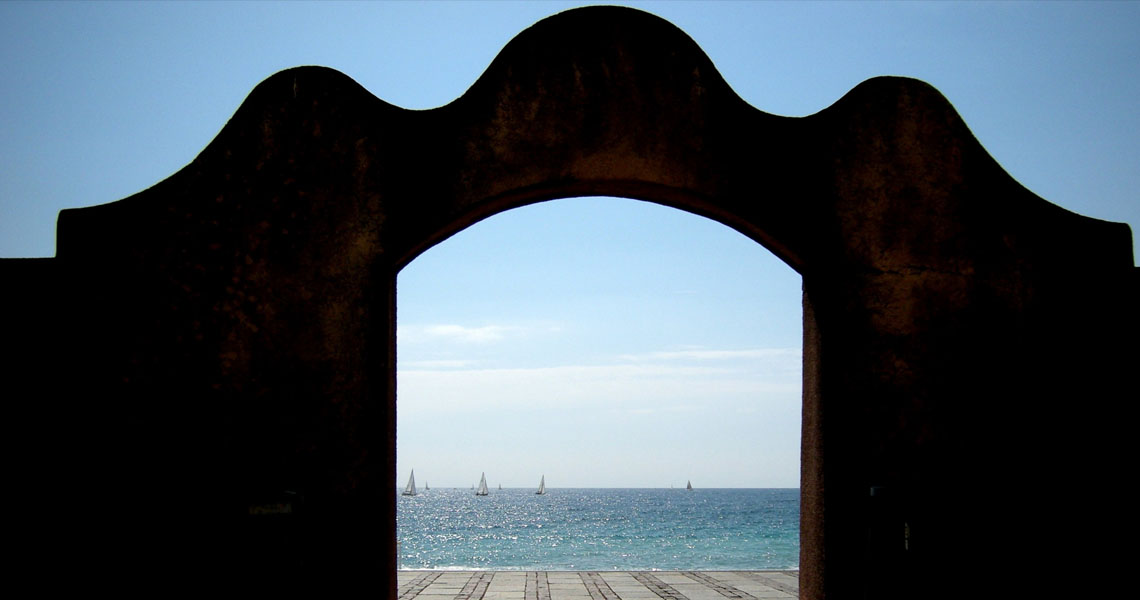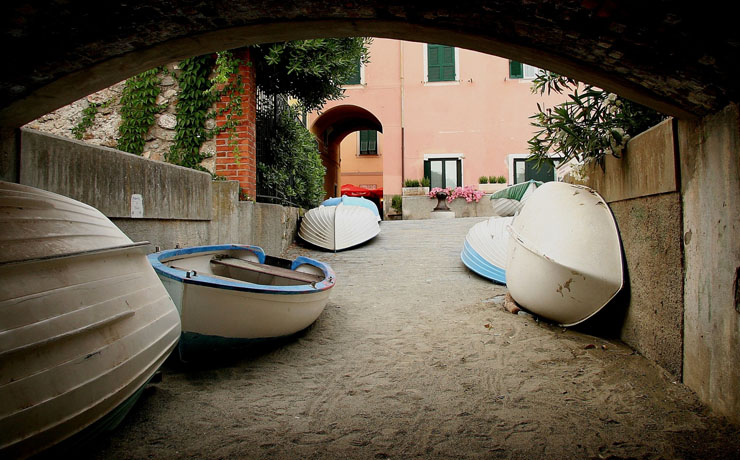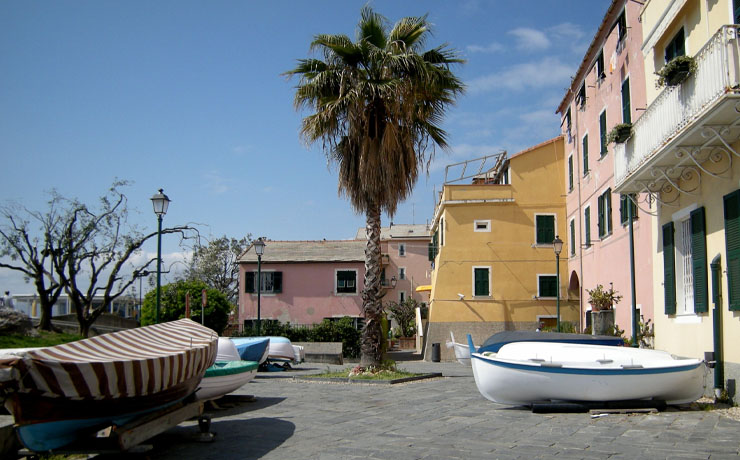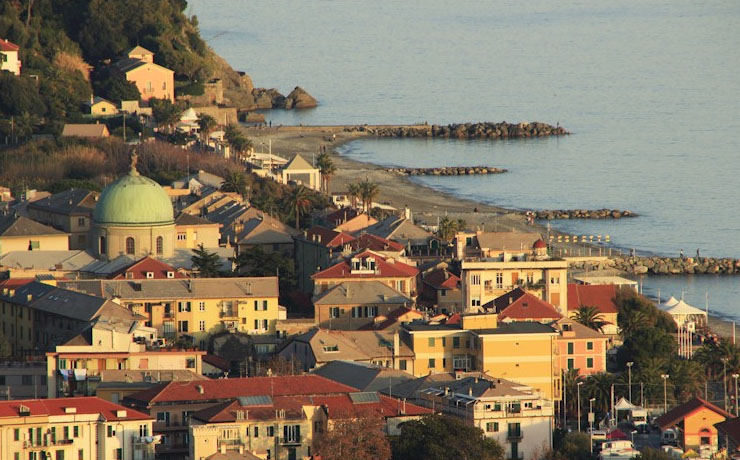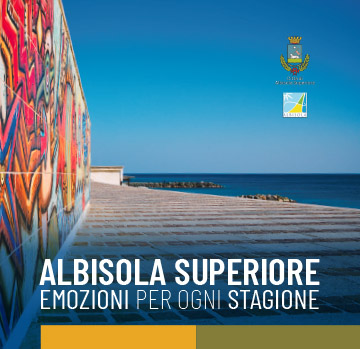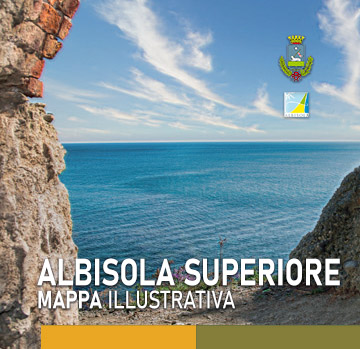In addition to the historic center in Superiore, Albisola boasts an historical seaside nucleus, which used to be the fishing village of Albisola Capo, near the seashore.
The center developed itself around the main street, via Colombo, an ample caruggio (an alley very common in Ligurian villages) lined with the typical colorful houses that characterize many Ligurian historic centers. Along the streets and the peculiar small squares you can find shops, bars, restaurants and some traditional ceramics workshops.
The center developed itself around the main street, via Colombo, an ample caruggio (an alley very common in Ligurian villages) lined with the typical colorful houses that characterize many Ligurian historic centers. Along the streets and the peculiar small squares you can find shops, bars, restaurants and some traditional ceramics workshops.
On via Balbi there’s the eponymous villa, a private residence built by the Brignole family from Genoa halfway through the 1600s, according to the patrician architecture of the time, and currently privately owned. The exterior pictorial decoration consists of faux columns on a green background, above an orange faux ashlar plinth. The villa has a double external staircase, culminating in a canopied balcony supported by two white marble columns, a rather rare architectural element in villas at that time.
Within the historic center is also found the Stella Maris church, built at the end of the 19th century as replacement of a smaller, older church, still standing nearby albeit repurposed as a cinema-theater. On the top of the copper dome there’s a 5-meter tall statue of Our Lady towering over the entire historic center.
Within the historic center is also found the Stella Maris church, built at the end of the 19th century as replacement of a smaller, older church, still standing nearby albeit repurposed as a cinema-theater. On the top of the copper dome there’s a 5-meter tall statue of Our Lady towering over the entire historic center.



